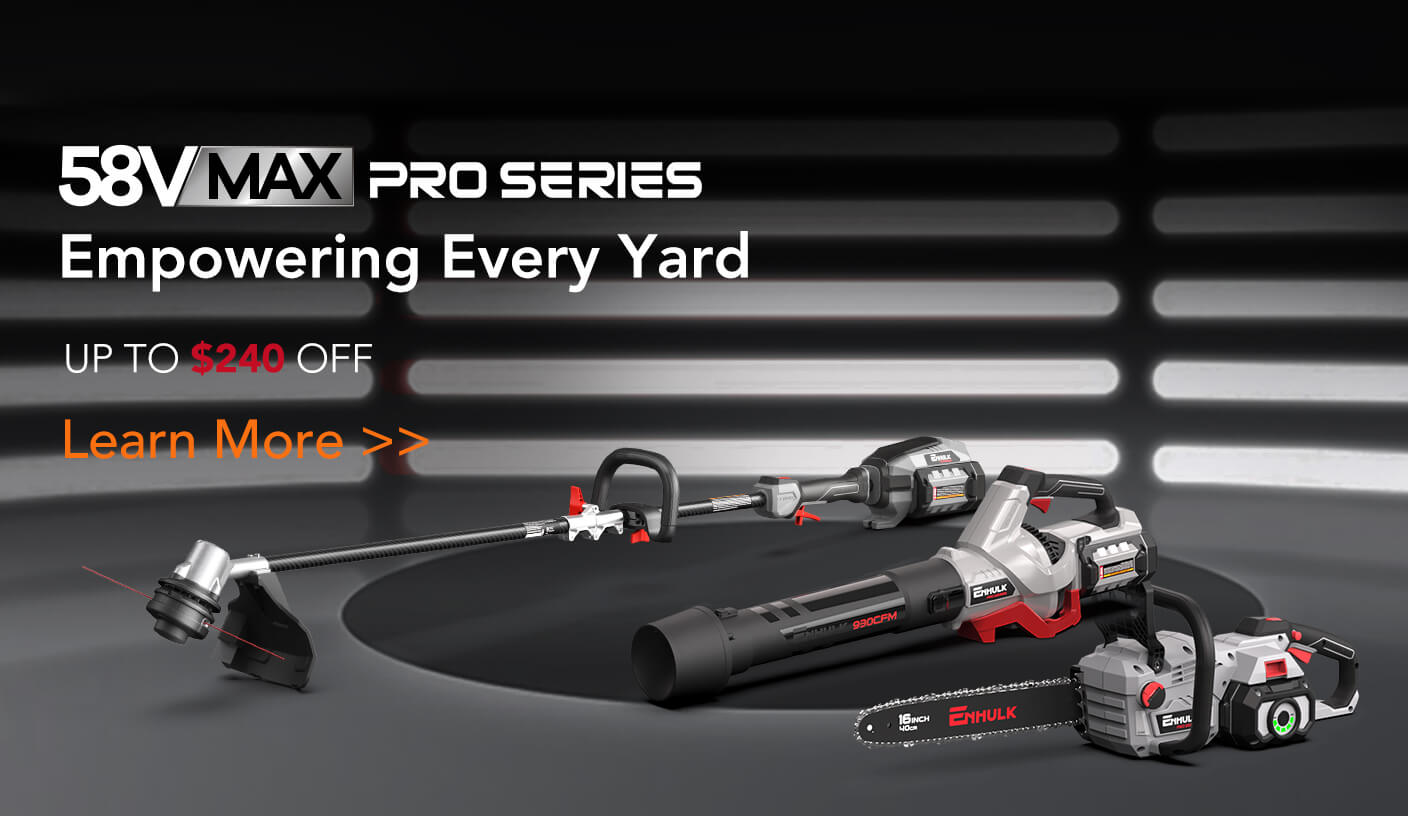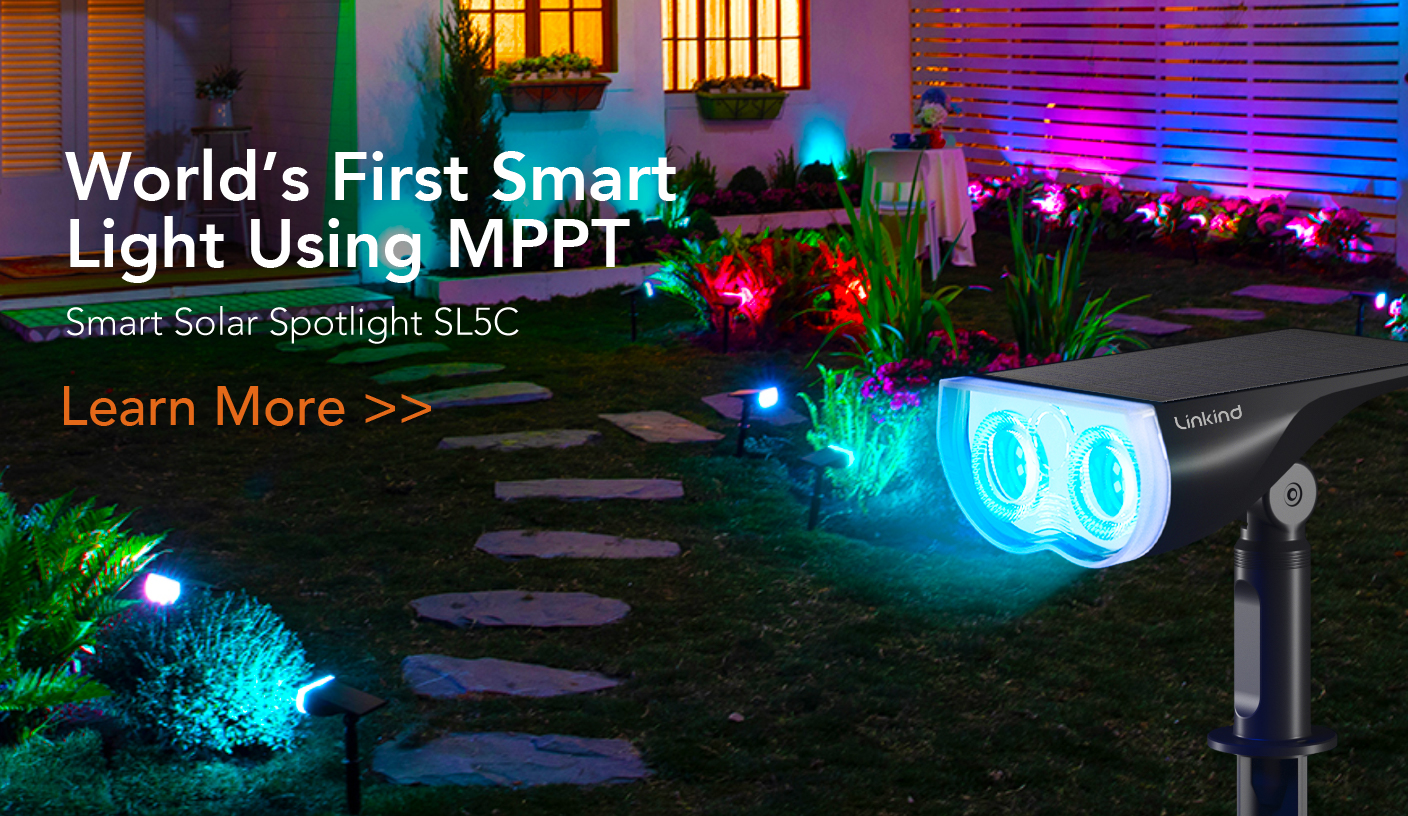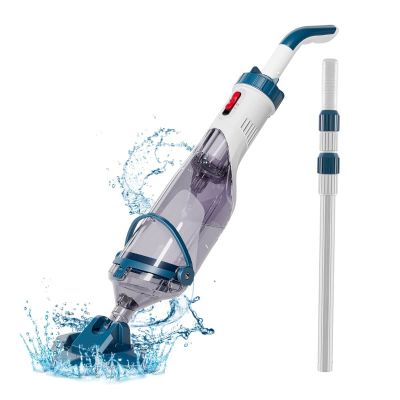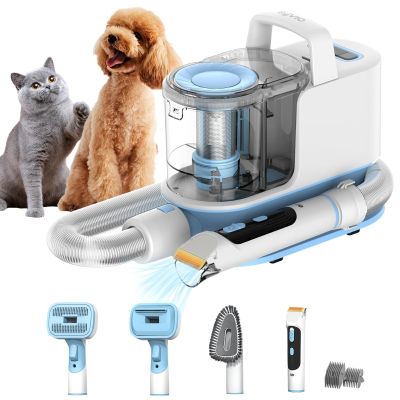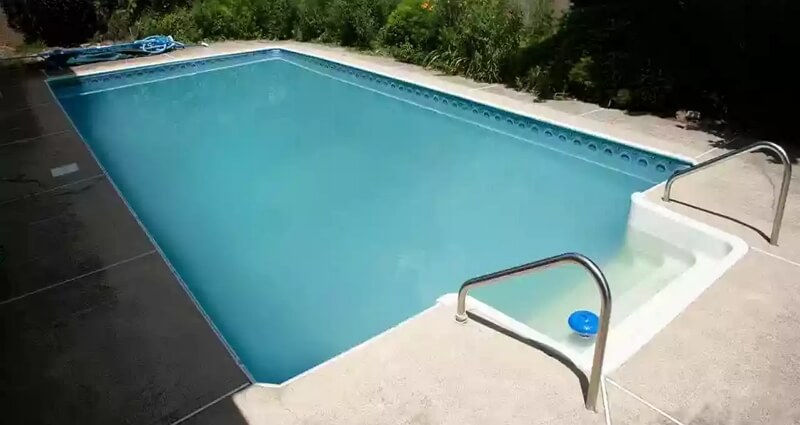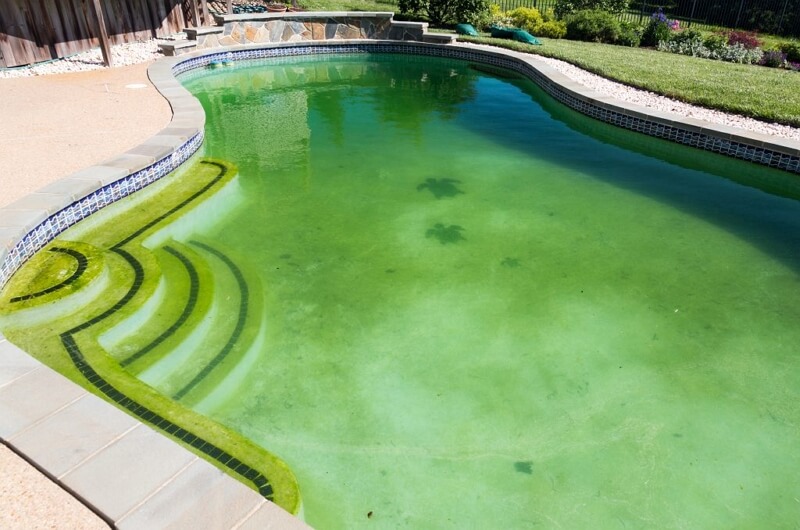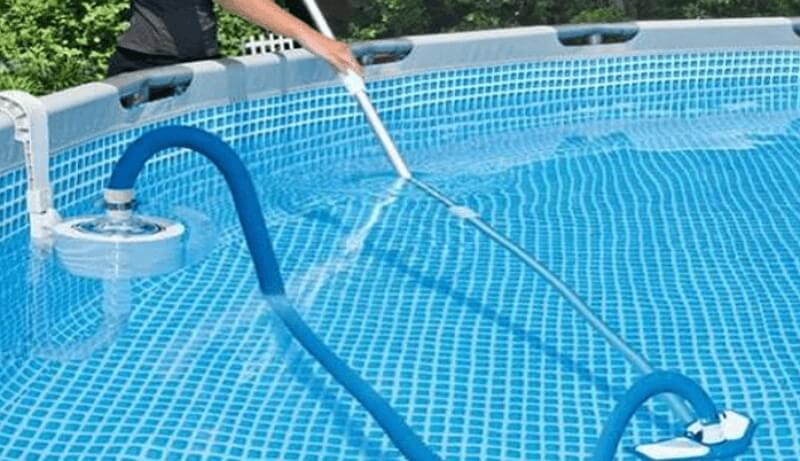Ah, the joy of a pristine swimming pool—there’s nothing like diving into crystal-clear water on a scorching summer day. But maintaining that sparkling oasis requires some effort. Pool cleaning may sound tedious, but with the right steps and tools, it can be straightforward and efficient. In this blog post, we will explore the ins and outs of pool cleaning, including how to clean a pool with a vacuum and what to do when your pool turns green.
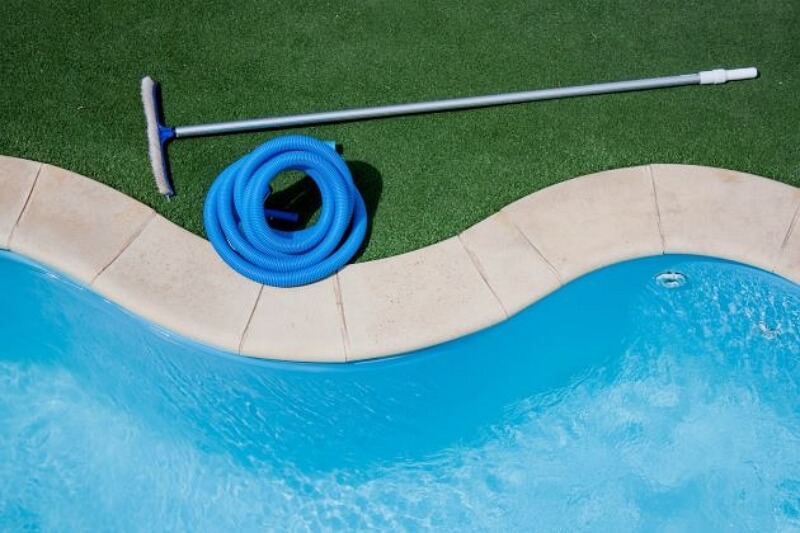

Part 1. How to Clean a Pool?
Keeping a swimming pool in top condition is much like taking care of a garden; it demands regular attention and the right tools. Before we explore advanced methods like using a vacuum, let's look at the foundational steps that every pool owner should know.
1. Skim the Surface
Start by skimming the water's surface with a long-handled leaf skimmer or net. This is essential for removing leaves, bugs, and other floating debris. Be meticulous, covering every square foot of the surface area. Skimming improves the efficiency of the pool's circulation system and reduces the amount of chlorine you'll need later. Ideally, this should be done daily or every other day to keep your pool looking its best.
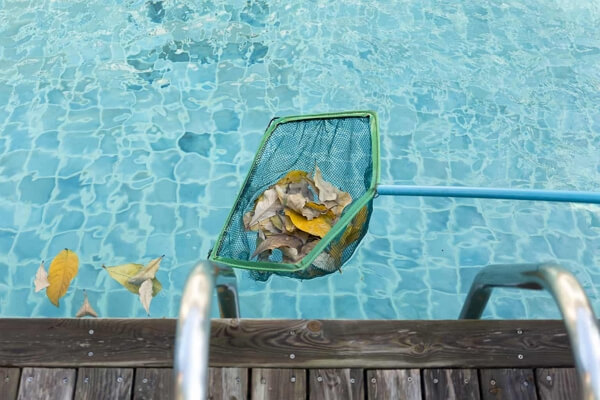

2. Empty the Skimmer Basket
Located on the side of the pool, the skimmer basket collects larger pieces of debris like leaves and twigs. To maintain optimal water circulation and filtration, make it a habit to empty the skimmer basket at least once a week. Simply turn off the pool pump, remove the basket, discard the debris, and replace it securely.
3. Brush the Walls and Steps
Once the surface is clear, focus on the pool walls and steps. Using a pool brush specifically designed for your type of pool lining—whether it's plaster, fiberglass, or vinyl—scrub away algae, dirt, and any calcium deposits. Pay extra attention to corners and crevices where contaminants like to hide. This step helps to prevent algae buildup and staining, which can save you time and money in the long run.
4. Check and Balance Chemicals
Your pool's chemical balance is critical for ensuring clean and clear water. Using a water testing kit, evaluate the levels of pH, chlorine, alkalinity, and calcium hardness. Make adjustments as needed. Aim for a pH level between 7.2 and 7.6, and maintain free chlorine levels between 1.0 and 3.0 ppm. Proper chemical balance not only ensures a safer swimming environment but also enhances the longevity of your pool equipment.
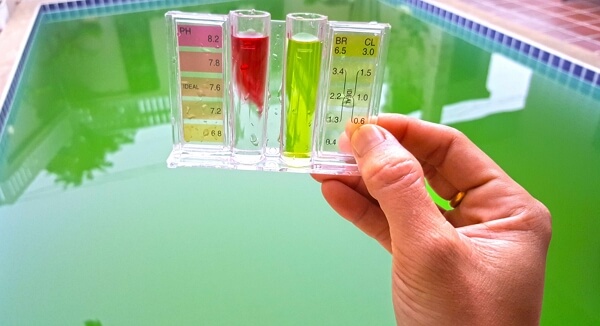

5. Do Filter Maintenance
The pool filter is crucial for removing small debris and keeping the water clean. The type of filter you have—cartridge, sand, or DE (Diatomaceous Earth)—will determine the cleaning process. Cartridge filters should be removed and hosed down, sand filters need backwashing, and DE filters require a more detailed cleaning process. Check the manufacturer’s guidelines to determine how frequently your filter needs maintenance, and clean or replace it accordingly.
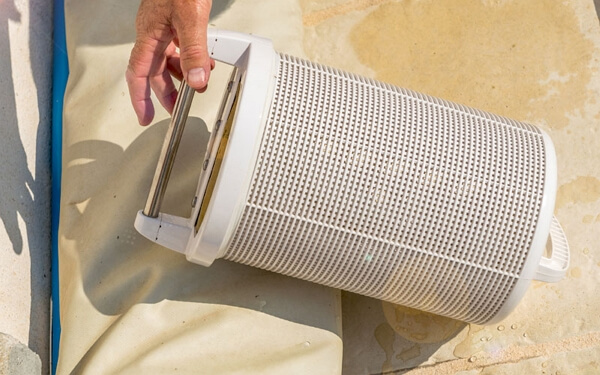

6. Check Water Level
After cleaning, the water level may need replenishment. Use a garden hose to add fresh water until it reaches the desired level—typically, the middle of the skimmer opening or pool tile. Once filled, retest and readjust the pool’s chemical balance.
7. Inspect Pool Equipment
Last but not least, inspect all pool equipment, including pumps, hoses, and heaters. Check for wear and tear, loose connections, and signs of malfunction. Promptly attend to any issues to avoid more significant, more costly problems down the road.
Part 2. How to Clean a Pool with Vacuum?
Now that we've covered the basic, manual ways to keep your pool clean, let’s talk technology. The process can be much more streamlined and effective with the help of specialized pool cleaning gadgets. Cleaning a pool using a vacuum can be a game-changer. For those seeking an efficient, cordless option, we highly recommend the AiDot Enhulk Cordless Pool Vacuum with Telescopic Pole.
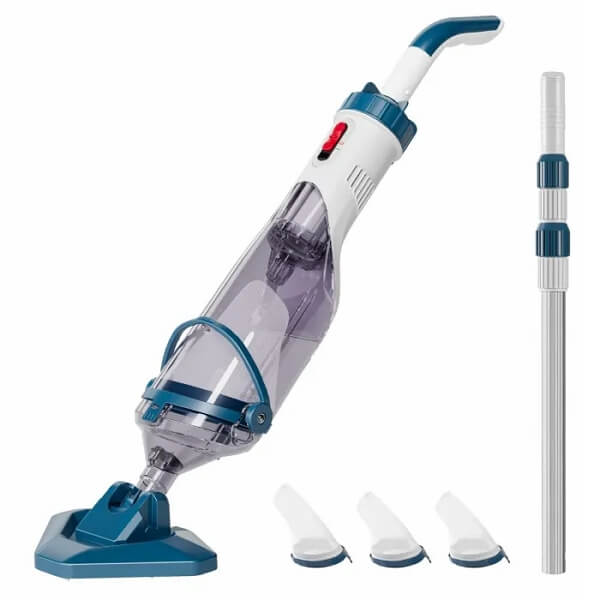

- Strong Motor & Powerful Suction
- Long Runtime & Fast Charging
- Multi-Purpose Vacuum Head
- 4 Reusable Filter Bags
- 7.3FT Telescopic Pole Included
- Different Debris Handled
[Bonus Now]: Here is an exclusive coupon code only found in blog posts. Save it now (AiDotBG01) and get 10% off at AiDot mall!
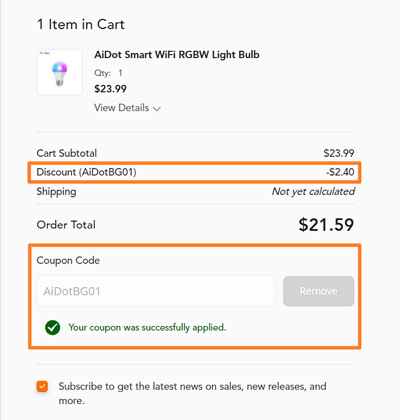

Steps to Clean a Pool with AiDot Enhulk Vacuum
1. Assemble the Vacuum: Start by assembling your AiDot Enhulk Cordless Pool Vacuum according to the manufacturer’s instructions. All components, including the reusable filter bags, should be securely attached. This ensures optimal performance and minimizes the chances of malfunctions.
2. Check the Battery: Before diving into the cleaning process, confirm that the vacuum's battery is fully charged. A full battery guarantees that you can complete the cleaning in one go, avoiding interruptions that could allow dirt to settle back down.
3. Attach the Telescopic Pole: The vacuum comes with a 7.3-foot telescopic pole that can be adjusted to your desired length. Attach it securely to ensure easy maneuverability as you cover the entire surface area of your pool.


4. Turn on the Vacuum: Activate the vacuum by switching it on. Starting from one end of the pool ensures that you don’t miss any spots. The strong motor and powerful suction of the AiDot Enhulk make this step a breeze.
5. Methodical Cleaning: Move the vacuum slowly across the pool floor, working in either a grid or a spiral pattern. The idea is to be thorough and cover every square inch. The multi-purpose vacuum head is perfect for this, adapting easily to different pool surfaces.
6. Wall Cleaning: This vacuum isn't just for the floor; you can clean the pool walls too! Utilize the telescopic pole to lift the vacuum to the sides of the pool. Move it up and down in a vertical motion to ensure that you remove any clinging algae or dirt.
7. Empty Debris Chamber: As you clean, the debris chamber will fill up. The vacuum comes with 4 reusable filter bags, which are easy to remove and empty. Make sure to do this as needed to maintain peak performance.
8. Finish Up: Once you've covered the entire pool floor and walls, and you’re satisfied that it’s as clean as can be, it’s time to turn off the vacuum. Disassemble it, empty the last of the debris, and store it in a cool, dry place until the next use.
Part 3. How to Clean a Pool That Is Green?
We've all been there. You peel back your pool cover, ready for a refreshing dip, and are greeted by water that’s more "swamp" than "oasis." A green pool indicates algae growth and can feel like a daunting problem to tackle. However, with the right know-how, turning your pool from green to clean is quite doable.
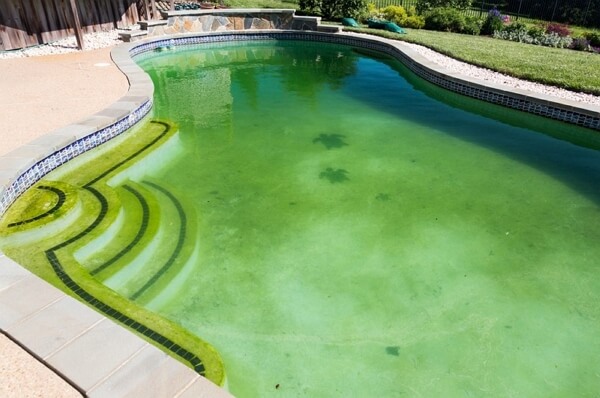

- Remove Large Debris: Skim out as much debris as possible.
- Test Chemical Levels: The imbalance of chemicals is usually the main culprit. Check your pool’s pH and chlorine levels.
- Shock Treatment: Use a pool shock treatment that's high in chlorine. You may need to shock the pool multiple times to get rid of stubborn algae.
- Brush and Vacuum: Vigorously brush the pool’s walls and floor. Use a pool vacuum to suck up dead algae and other debris.
- Filter Check: Clean or replace your pool filter. You may need to run the filter 24/7 for several days.
- Rebalance Chemicals: After the algae are eliminated, rebalance your pool's chemicals.
- Preventive Maintenance: Use algaecide and maintain proper chemical balance to prevent future algae growth.
Conclusion
Pool maintenance is not just about keeping the water clean; it’s also about ensuring a healthy and safe environment for everyone who takes a dip. With the general cleaning tips, the enhanced vacuum cleaning method featuring AiDot Enhulk Cordless Pool Vacuum, and the special steps for tackling a green pool, you are well-equipped to keep your pool in tip-top condition. Remember, a clean pool is a happy pool. So, grab those cleaning supplies and dive into action!











